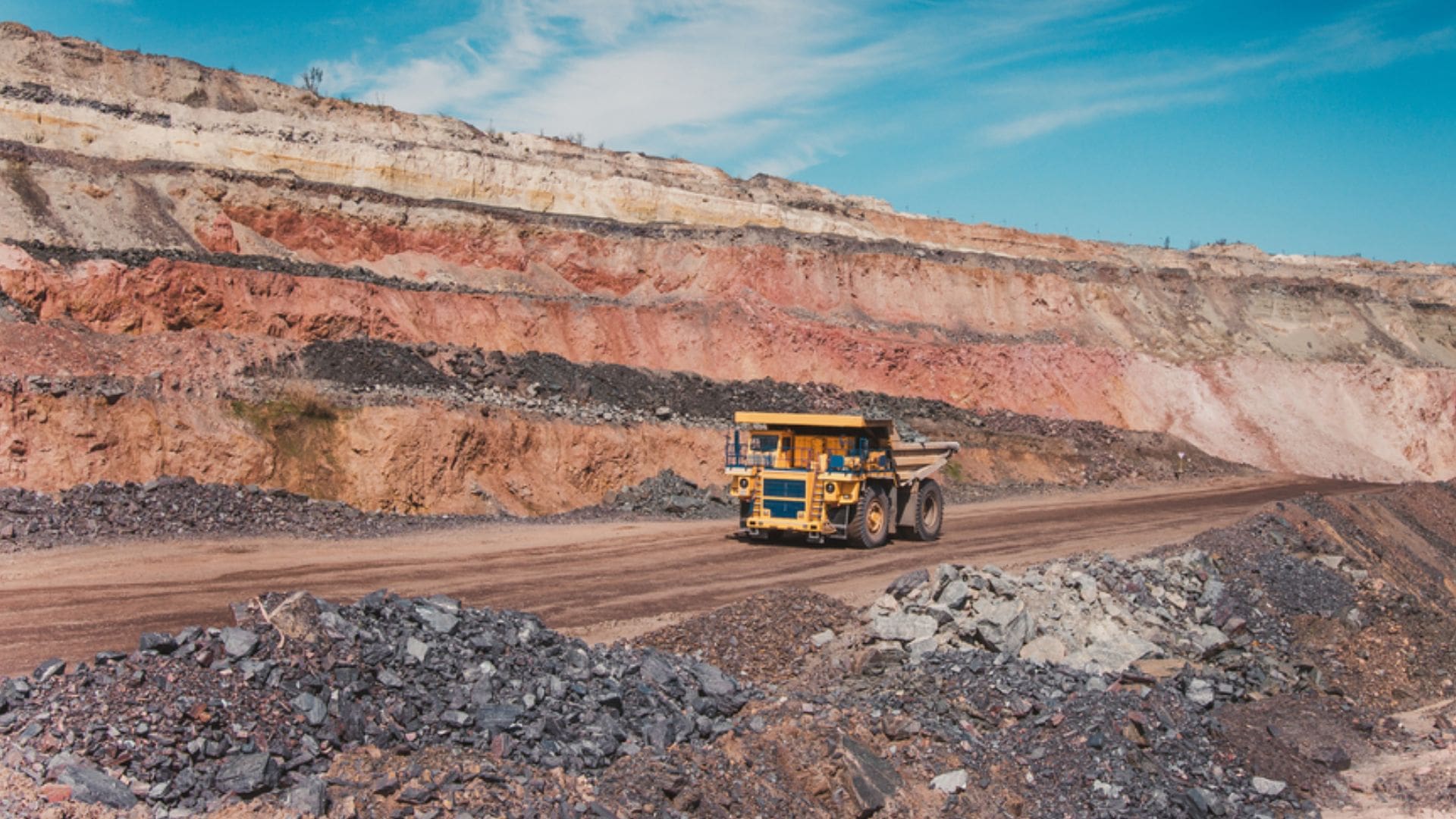Western Australia's Mining Community Embraces the Rise of Lithium, Uranium, Graphite, and Cobalt
- Australia | 12 March 2017

The global focus on renewable energy has ignited a surge of interest in Western Australia’s mining community, particularly regarding resources like lithium, uranium, graphite, and cobalt. With significant reserves of these minerals and a multitude of exciting projects both domestically and internationally, the state is poised to join the race for sustainable energy resources. Various trends in the technology and energy industries, coupled with the inevitable shift toward electric vehicles, are driving the intensified demand for these minerals, which are crucial for the production of lithium-ion batteries. This article explores the reasons behind the growing enthusiasm for these minerals and highlights the potential opportunities they present for Western Australia.
The entire value chain of these minerals, including testing and metallurgical services, has experienced increased demand. Rick Murphy, CEO of Nagrom, notes that 50% of their business now comes from lithium-related services. Similarly, Jon Landau, senior VP at Bureau Veritas, highlights the need to meet the surge in demand for commodity-specific capabilities, such as identifying and extracting lithium and providing on-site services for graphite analysis.
Although Western Australia currently has no operational uranium mines, five projects have received the necessary environmental approvals for development once market conditions improve. Brian Reilly, managing director at Cameco, emphasizes Australia’s significant potential as a producer of uranium. Despite hosting over 30% of globally economically recoverable uranium resources, Australia only accounts for approximately 10% of global production. Recognizing the untapped potential, industry experts are optimistic about the future of uranium mining in the state.
The Democratic Republic of the Congo (DRC) currently leads global cobalt production, housing around 50% of the world’s known reserves. However, Australia possesses the second-largest reserves of cobalt, primarily found in lateritic nickel deposits. Despite this advantage, Australia’s cobalt production represents only about 4% of the global market. Ardea Resources, owning the seventh largest cobalt deposit globally within a stable jurisdiction, believes its Kalgoorlie nickel project deposit will play a crucial role in meeting the growing demand for cobalt. CEO Matthew Painter highlights the importance of understanding the provenance of cobalt, given the ethical concerns associated with sourcing the mineral from underdeveloped countries like the DRC. By promoting responsible sourcing, Australia has an opportunity to attract buyers seeking a transparent supply chain.
Graphite is a vital component of lithium-ion batteries, but its demand extends beyond the battery market. Different types of graphite cater to distinct markets, including vein graphite, amorphous graphite, and flake graphite. Vein graphite, with its high quality and low processing costs, is primarily mined in Sri Lanka. Amorphous graphite serves refractory markets, while flake graphite, particularly suited for batteries, commands a premium price. The junior sector has shown great interest in flake graphite exploration due to its versatile applications. BlackEarth Minerals, for instance, aims to secure off-take agreements for its flake graphite project in Madagascar, leveraging existing networks established through Lithium Australia.
Australia, with its abundant lithium resources, has attracted significant attention in the race for lithium production. Western Australia is home to the world’s largest hard rock lithium deposit at the Greenbushes project, operated by Talison Lithium Australia since 1985. Exploration projects throughout the state, coupled with technological advancements, are helping expedite the lithium processing supply chain. Lithium Australia’s Sileach™ process, backed by government grants, aims to process lithium on a commercial scale, reducing reliance on Chinese converters that currently create bottlenecks in the supply chain. Adrian Griffin, managing director at Lithium Australia, emphasizes the need to upgrade traditional processing technologies to meet the growing lithium demand.
While Australia primarily obtains lithium from hard rock sources, hydrothermal brines and evaporites can also provide concentrates of the resource. Groundwater solutions containing dissolved lithium salts represent around 66% of the world’s reserves. These brine deposits offer advantages such as lower capital requirements and faster production processes. Salt flats in regions like Chile, Argentina, and China’s Himalayas host these types of deposits. Argosy Minerals, a Western Australia-based junior company, has capitalized on the lower associated costs of brine lithium by expediting exploration projects abroad, particularly in Argentina.
Western Australia’s mining community is embracing the rise of lithium, uranium, graphite, and cobalt, driven by increasing demand in the renewable energy sector. The state’s abundant reserves, coupled with technological advancements and growing interest from investors, present significant opportunities. As the world moves toward cleaner energy sources, Western Australia is well-positioned to contribute to the global supply of these essential minerals.








